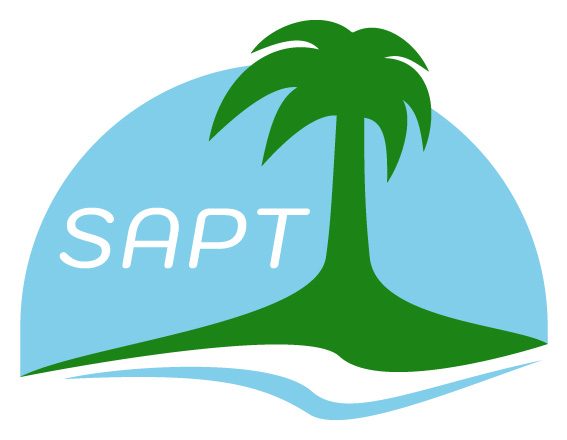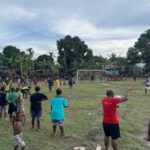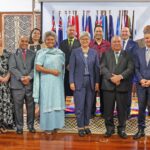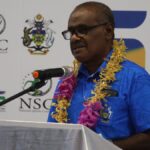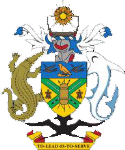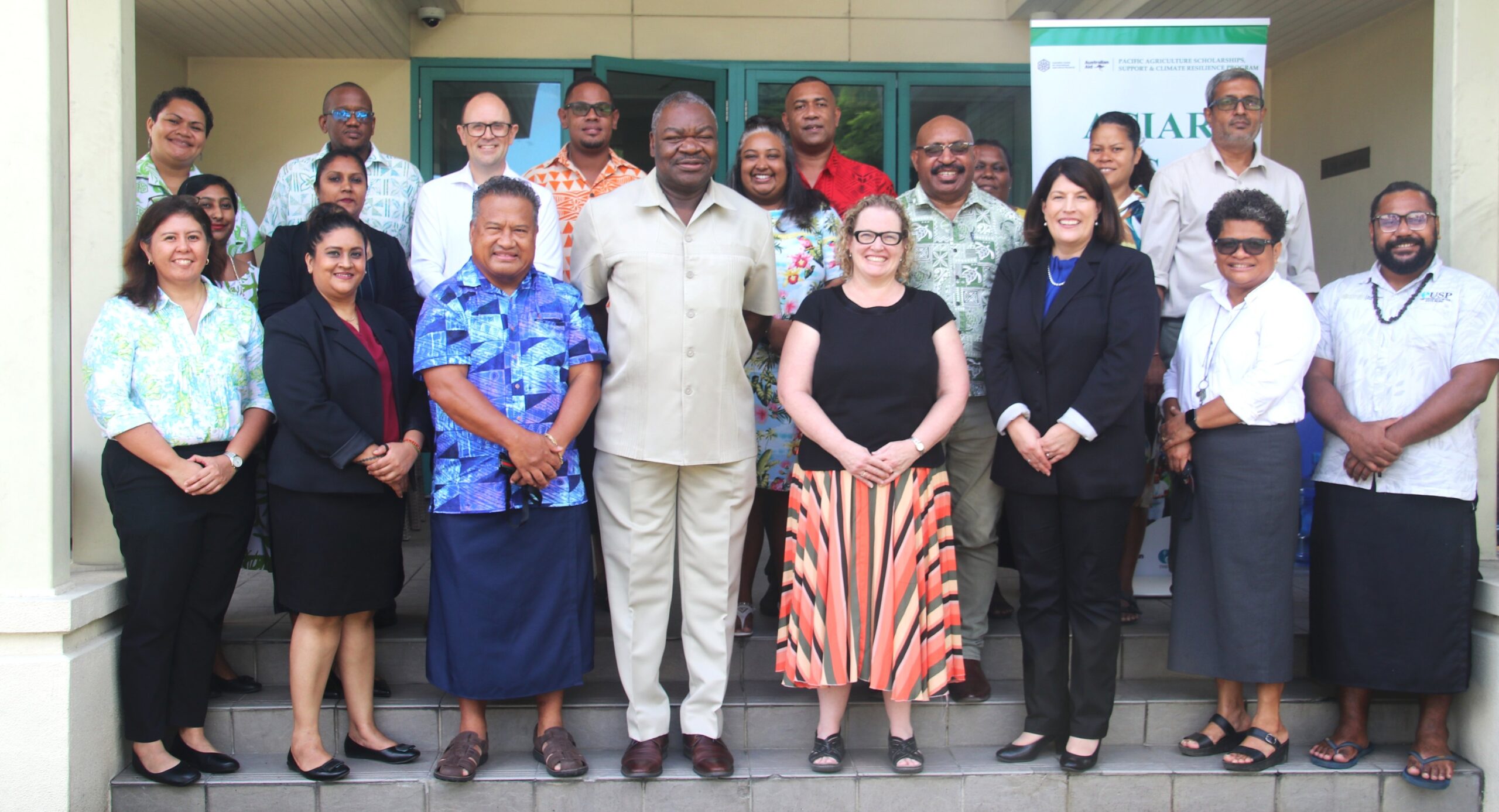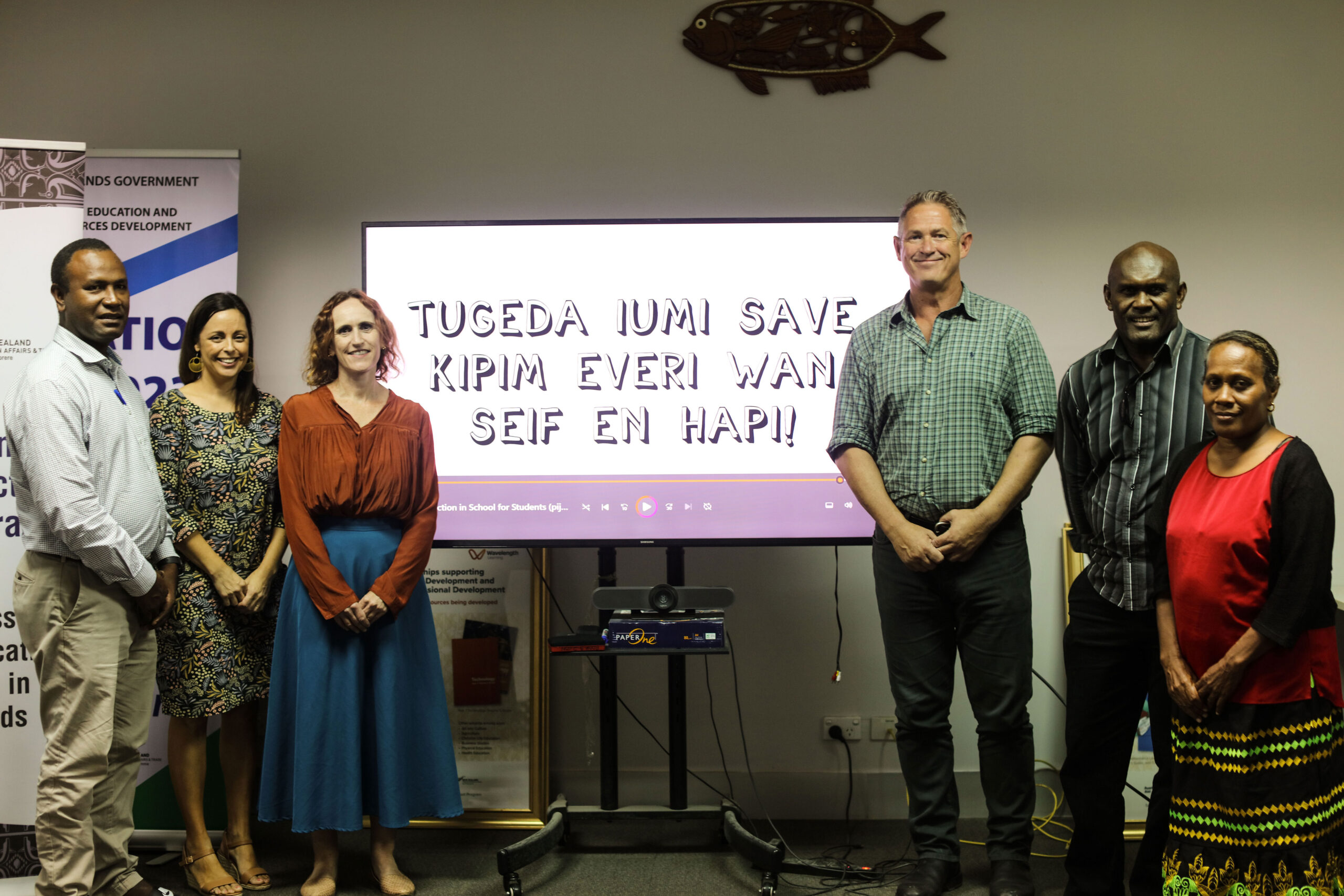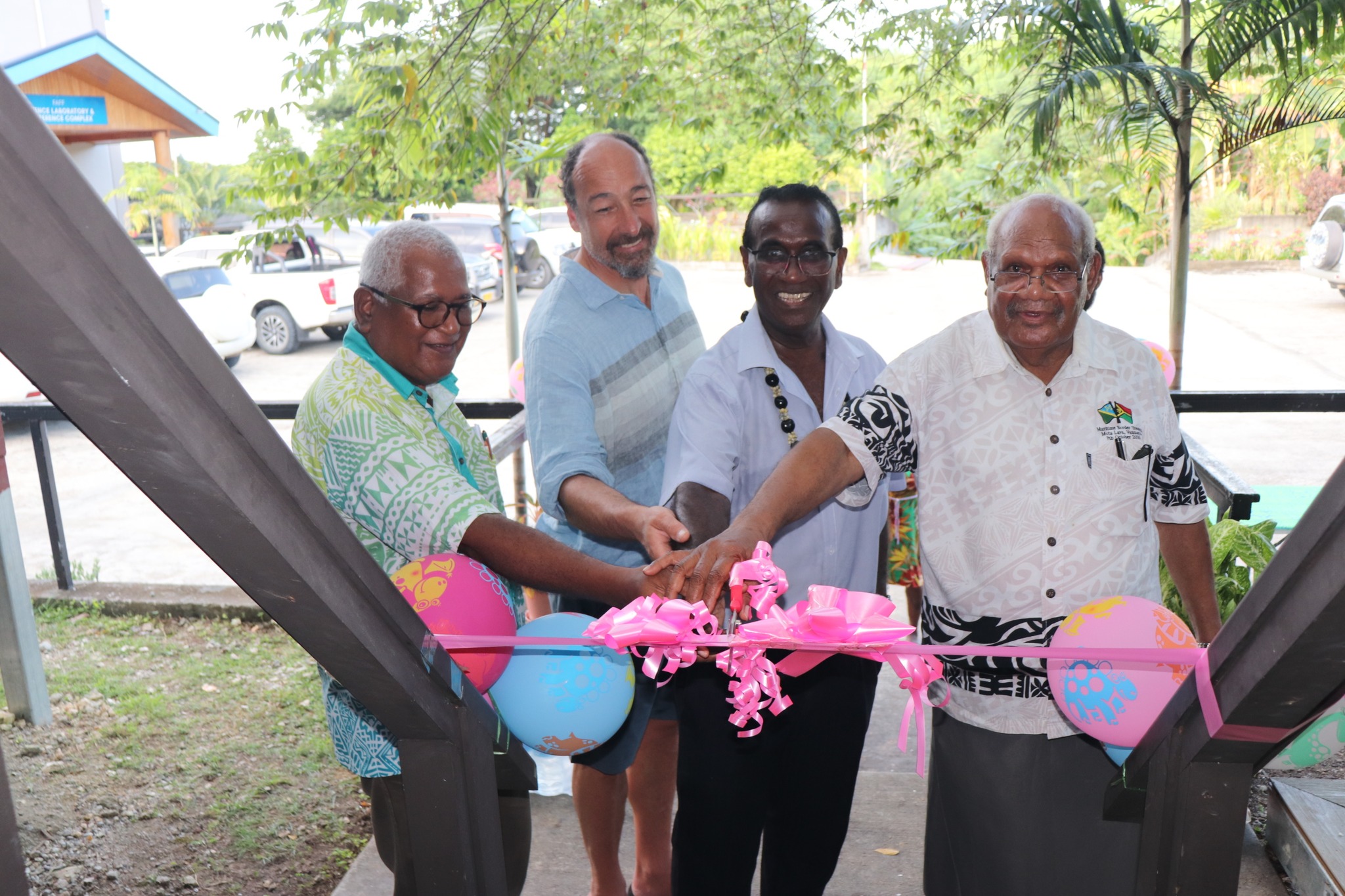Urbanization in Solomon Islands increased rapidly over the past 10 years during 2009 to 2019 intercensal years.
Compared with the previous 2009 Census, Urban population has increased from 20% while the rural population has declined from 80.2%. Urban population now comprise of 27.6% of total population, and the rural population, although comprising the majority (72.4%) of the total population, has declined from 80.2% in the past census. The data show evidence of rural-urban drift with rural migration into urban areas especially amongst the younger population.
Honiara was the largest urban center comprising of the entire population of the Honiara City, (169,721), and more than 65% of the total urban population (199,000) in 2019.
Opportunities in urban centers often attract the movement of people of all ages and gender. This also raises other concerns in urban areas such as illegal settlements in urban peripherals, housing standards, and health services especially in Honiara.
While the share of the population of Honiara City Council relative to the total urban population stood at 77% in 1999, this narrowed in 2009 but widened in 2019 at the same time period where the relative share of other urban areas increased – from 25% in 1999, to 37% in 2009 and 36% in 2019.
In 2019, the population of Honiara City Council constituted 65% of the total urban population in the Solomon Islands, slightly expanding from a share of 63% in 2009.
Movement of people aged 15-30 years were seen to have caused the rise in urban population. In particular, people in rural areas between the ages 20 to 24 years who migrated to urban areas. These people had moved from rural areas to urban centers for various reasons such as seeking employment, education and other opportunities.
If the government wishes to change the trend of people migrating to urban centers, at least some of the disadvantages of living in the remote rural areas and outer islands need to be eased by improving basic services and opportunities through:
- Promotion and expansion of policies for employment and livelihood in rural areas;
- Decentralization of government services to all provinces;
- Investment in physical infrastructure (roads, bridges, wharfs, airports) developments in
- provinces to improve transport and logistics amongst people, and better access to business
- opportunities and markets
- Support for income generating opportunities in provinces to retain populations, in
- particular the youth participation;
- Provision of better education and health services in the rural areas;
- Promotion of better market distribution systems;
- Provision of better and cheaper transport;
- Conducting of in-depth research into youth migration and their reasons for migrating;
- Provision of basic services for the growing population in the urban/peri-urban areas.
For the full report, see link below.https://solomons.gov.sb/release-of-the-2019-national-population-and-housing-census-national-reports-and-population-projections/
SINSO PRESS
